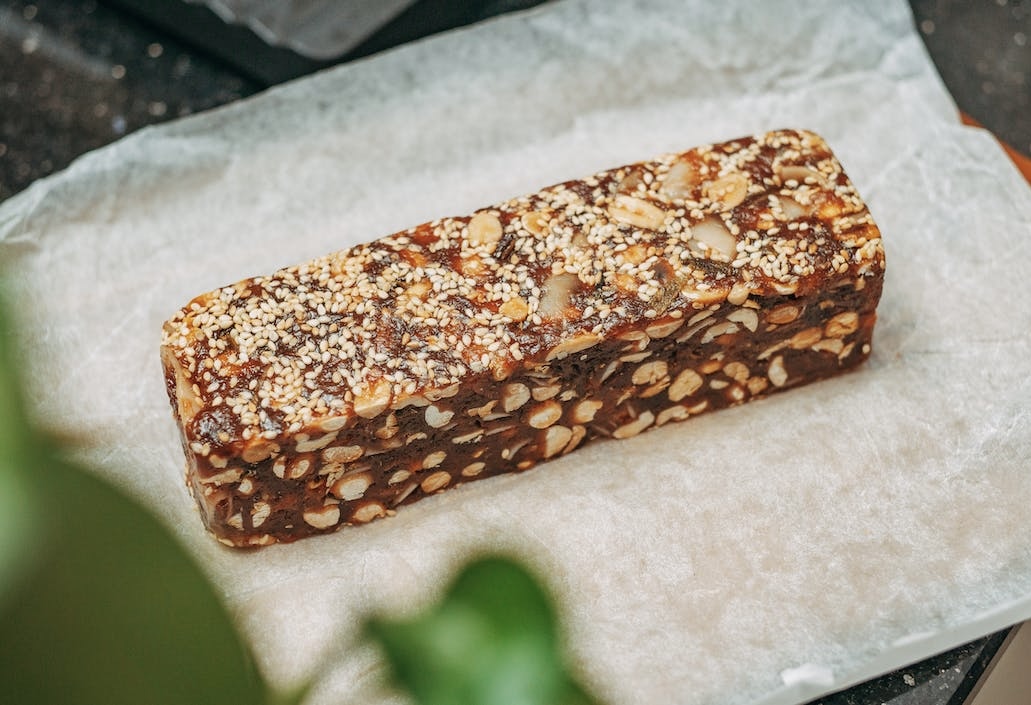Understanding PRP Full Form and Its Role in Platelet-Rich Plasma Therapy
Learn all about the PRP full form, Platelet-Rich Plasma, its benefits, applications, and why it is revolutionizing treatments in hair restoration, skin rejuvenation, and orthopedic care.

When it comes to advanced medical treatments that leverage the body's natural healing processes, Platelet-Rich Plasma (PRP) therapy stands out as a popular choice. But before diving into its many uses and benefits, let’s start with the basics: what does PRP stand for? In this article, we will unravel the PRP full form and explore the transformative applications of this innovative therapy.
What is the Full Form of PRP?
The PRP full form is Platelet-Rich Plasma. It is a substance derived from your own blood and is rich in platelets, which are critical components in healing and tissue regeneration. Platelets contain growth factors that play a vital role in repairing damaged tissues and promoting cellular regeneration. This concentrated plasma is extracted and injected into targeted areas to accelerate the body's natural healing process.
How is PRP Prepared?
The preparation of PRP involves a simple and safe process:
-
Blood Collection: A small amount of blood is drawn from the patient.
-
Centrifugation: The blood sample is spun in a centrifuge to separate the platelet-rich plasma from red blood cells and other components.
-
Extraction: The concentrated platelets are collected and prepared for injection.
The entire process is minimally invasive and usually takes less than an hour. Since PRP is derived from the patient’s own blood, it significantly reduces the risk of allergic reactions or infections.
Applications of PRP Therapy
PRP therapy has gained immense popularity in recent years due to its wide range of applications. Let’s take a closer look at some of its most common uses:
1. Hair Restoration
One of the most well-known applications of PRP therapy is in hair restoration. Individuals experiencing hair thinning or androgenetic alopecia (pattern baldness) can benefit from PRP injections. The growth factors in PRP stimulate hair follicles, promoting new hair growth and improving the overall density and thickness of hair.
2. Skin Rejuvenation
In the field of aesthetics, PRP is often referred to as the “Vampire Facial.” When injected into the skin or used alongside microneedling, PRP can:
-
Reduce fine lines and wrinkles
-
Improve skin texture and tone
-
Boost collagen production
-
Enhance overall skin elasticity
This natural approach to skin rejuvenation has become a favorite among individuals looking for non-surgical anti-aging treatments.
3. Orthopedic and Sports Medicine
PRP therapy is widely used to treat musculoskeletal injuries and chronic pain conditions. It is commonly applied to:
-
Heal ligament and tendon injuries
-
Reduce inflammation in joints
-
Speed up recovery from surgeries
-
Treat conditions such as tennis elbow, Achilles tendonitis, and osteoarthritis
4. Wound Healing
PRP’s healing properties make it an excellent choice for treating chronic wounds, such as diabetic ulcers and pressure sores. The concentrated growth factors in PRP accelerate tissue repair and improve wound closure.
5. Dental and Oral Surgery
In dentistry, PRP is used to enhance healing after dental implants, tooth extractions, and other oral surgeries. It aids in faster recovery and reduces the risk of complications.
Benefits of PRP Therapy
PRP therapy offers numerous benefits, including:
-
Natural and Safe: Since PRP is derived from your own blood, it’s a natural and biocompatible treatment option.
-
Minimally Invasive: The procedure involves simple injections, eliminating the need for surgical interventions.
-
Versatile Applications: PRP can be used in a variety of medical and cosmetic treatments.
-
Faster Recovery: PRP accelerates healing, reducing downtime and promoting quicker recovery.
-
Reduced Risk of Side Effects: With no synthetic substances involved, PRP therapy has minimal risk of adverse reactions.
The Science Behind PRP Therapy
The effectiveness of PRP lies in its ability to harness the body’s natural healing mechanisms. Platelets release growth factors, such as platelet-derived growth factor (PDGF) and transforming growth factor-beta (TGF-β), which:
-
Stimulate cell proliferation
-
Encourage tissue regeneration
-
Promote angiogenesis (formation of new blood vessels)
These biological processes are crucial for repairing damaged tissues, enhancing skin vitality, and promoting hair growth.
Who Can Benefit from PRP Therapy?
PRP therapy is suitable for a wide range of individuals, including:
-
Those experiencing hair loss or thinning
-
Individuals seeking non-surgical skin rejuvenation
-
Athletes recovering from sports injuries
-
Patients with chronic pain or orthopedic conditions
-
Individuals with slow-healing wounds
However, it’s essential to consult with a qualified healthcare professional to determine if PRP therapy is the right option for you.
What to Expect During a PRP Session
A typical PRP session involves the following steps:
-
Consultation: The healthcare provider evaluates your condition and discusses your treatment goals.
-
Blood Draw: A small sample of your blood is collected.
-
Preparation: The PRP is prepared using a centrifuge.
-
Injection: The concentrated PRP is injected into the targeted area.
Most sessions last 30-60 minutes, and you can typically resume your daily activities immediately after the procedure.
Are There Any Side Effects?
PRP therapy is generally safe, but some mild side effects may occur, such as:
-
Temporary swelling or redness at the injection site
-
Mild discomfort or bruising
-
Minimal risk of infection
These side effects are usually short-lived and resolve on their own within a few days.
Conclusion
The PRP full form, Platelet-Rich Plasma, represents a groundbreaking approach to healing and rejuvenation. From restoring hair and revitalizing skin to treating chronic pain and sports injuries, PRP therapy has proven to be a versatile and effective solution. Its natural, minimally invasive nature makes it an attractive option for those seeking advanced medical and aesthetic treatments.
What's Your Reaction?
























